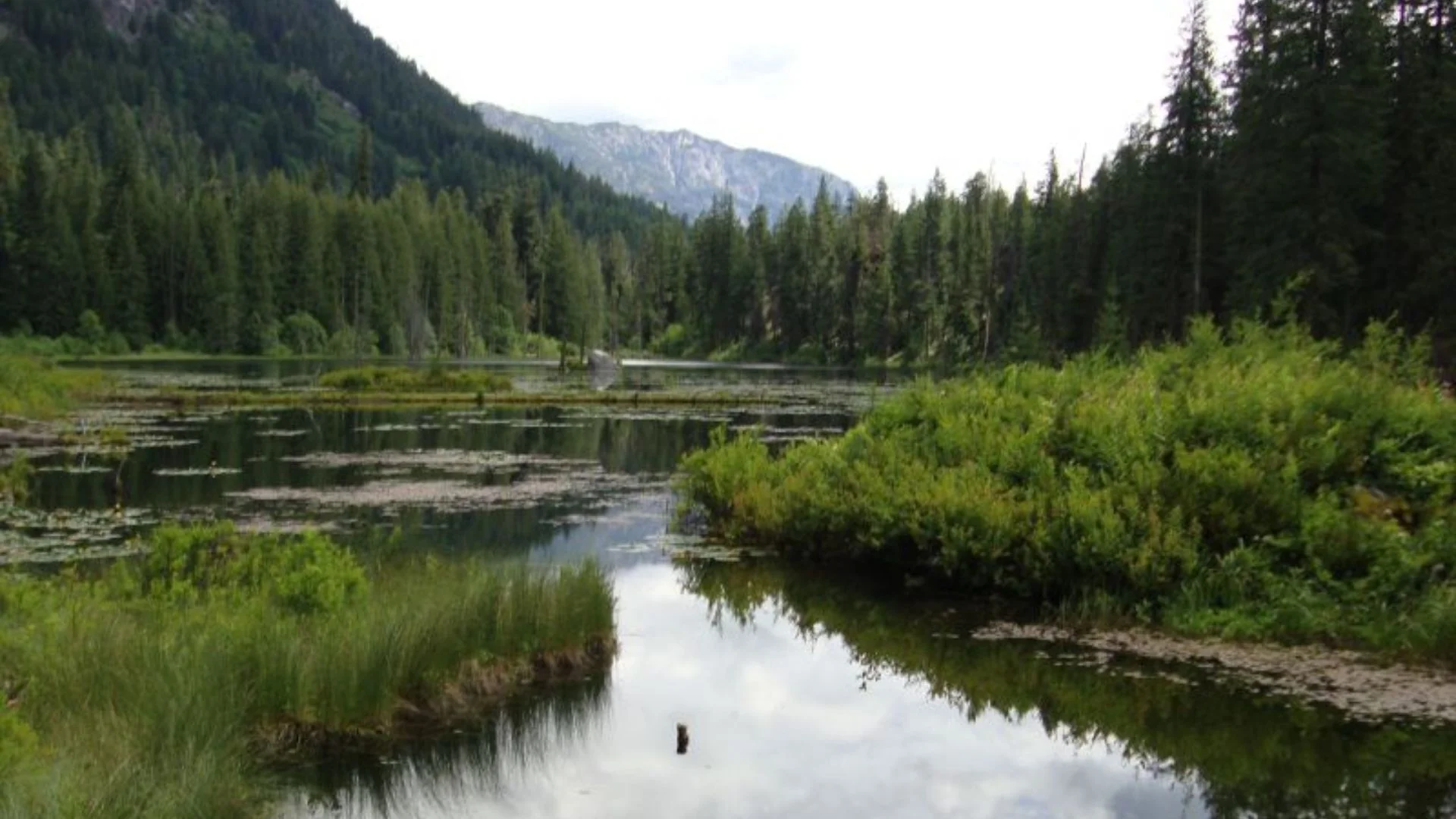Scientists have uncovered remnants of an ancient tectonic plate, named Pontus, believed to be over 120 million years old, in Borneo. This significant finding emerged from research conducted by Suzanna van de Lagemaat, a graduate geologist at Utrecht University, and her supervisor, Douwe van Hinsbergen. Their analysis of geological data from the Asia-Pacific region revealed traces of the Pontus plate in Borneo’s rock formations.
Initially thought to be remnants of a known lost plate, the team’s magnetic lab studies indicated that these rocks originated much farther north, suggesting they were remnants of a previously unidentified tectonic plate. Van de Lagemaat focused her research on the Junction Region, an area characterized by complex tectonic activity that includes Japan, Borneo, the Philippines, New Guinea, and New Zealand.
To understand the size of the Pontus plate 160 million years ago, the researchers reconstructed tectonic plate movements from the era of the dinosaurs. They estimate that the Pontus plate was approximately a quarter the size of the Pacific Ocean at that time, located beneath a vast ocean that separated Eurasia and Australia. As the supercontinent Pangaea disintegrated, the Pontus plate was ultimately absorbed by other tectonic plates, which now comprise regions like the Philippines and Borneo.
Borneo, the world’s third-largest island, is politically shared by Malaysia and Brunei in the north, and Indonesia in the south. This discovery enhances our understanding of the region’s geological history and the dynamics of tectonic movements over millions of years.























